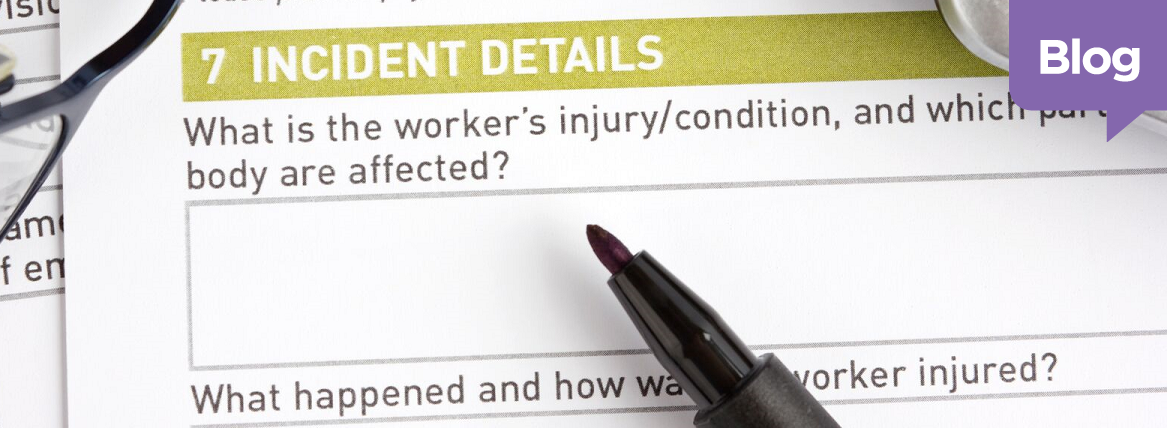
The Top 8 Ways to Protect Against Workplace Accidents and Injuries
Workplace safety incidents are a serious matter. In addition to the human cost when valued team members are hurt or worse, businesses incur significant costs. According to the 2017 Liberty Mutual Insurance Workplace Safety Index, the most serious workplace injuries and accidents cost U.S. employers $59.9 billion in 2014 (the most recent year with statistical data available from the U.S. Bureau of Labor Statistics). The top three causes included overexertion, falls on the same level, and falls to a lower level.
Actual costs are even higher. For one, the $59.9 billion figure incorporates only issues that resulted in employees missing six or more days of work. Plus, there are often indirect costs. Lost productivity, opportunity costs, administrative and legal costs, fines or other costs associated with regulatory violations, costs from poor PR, and more can cause total costs due to accidents and injuries to skyrocket. When it comes to employee safety, an ounce of prevention is definitely worth a pound of cure. But what can employers do?
1: Keep workplaces clean.
Clutter and unkempt workspaces can cause unnecessary falls. According to 2021 - 2022 data, 450,540 U.S. workers missed at least one day of work related to a workplace fall, and about 865 fatal work-related injuries due to falls, slips, and trips.
2: Train, train, and train some more.
Employees must know the safety practices they need to follow, and don’t stop at safety protocols and regulations. Help them understand the mechanics of safety, like proper posture for lifting heavy items, and how to use safety gear appropriately. Remember also that safety training is not a one-and-done deal. Emphasize safety on a regular and recurring basis.
3: Conduct physicals.
Make sure employees are physically capable of shouldering physically demanding jobs. And make sure you conduct these legally in compliance with any state and federal guidelines.
4: Provide safety gear.
From hard hats and goggles to earplugs and gloves, equip employees with the equipment that will protect them from risks associated with their duties. Beyond specific safety equipment, make sure that employees dress appropriately for the conditions in which they’ll be working (e.g., if they’ll be out in the cold, ensure they wear suitably warm clothing).
5: Enforce safety protocols among drivers.
A single work-related driving accident can cost around $62,000. If it results in a fatality, the cost jumps to $3 million. For all that driving is an everyday activity for many Americans, it’s also one of the most dangerous from a safety risks perspective.
6: Conduct a risk assessment.
Understand the real safety risks facing employees and assess areas of vulnerability.
7: Design the workspace for safety.
For example, if workers are exposed to conditions like extreme heat or chemical fumes, ensure the workspace has adequate ventilation and airflow.
8: Empower employees to report issues.
Provide a reporting mechanism by which employees can report safety risks or problems. Then, address those comments promptly and document the effort. Not only can this prevent a serious incident, swift action can also help protect the employer against litigation related to negligence.
CoAdvantage, one of the nation’s largest Professional Employer Organizations (PEOs), helps small to mid-sized companies with HR administration, benefits, payroll, and compliance. To learn more about our ability to create a strategic HR function in your business that drives business growth potential, contact us today.